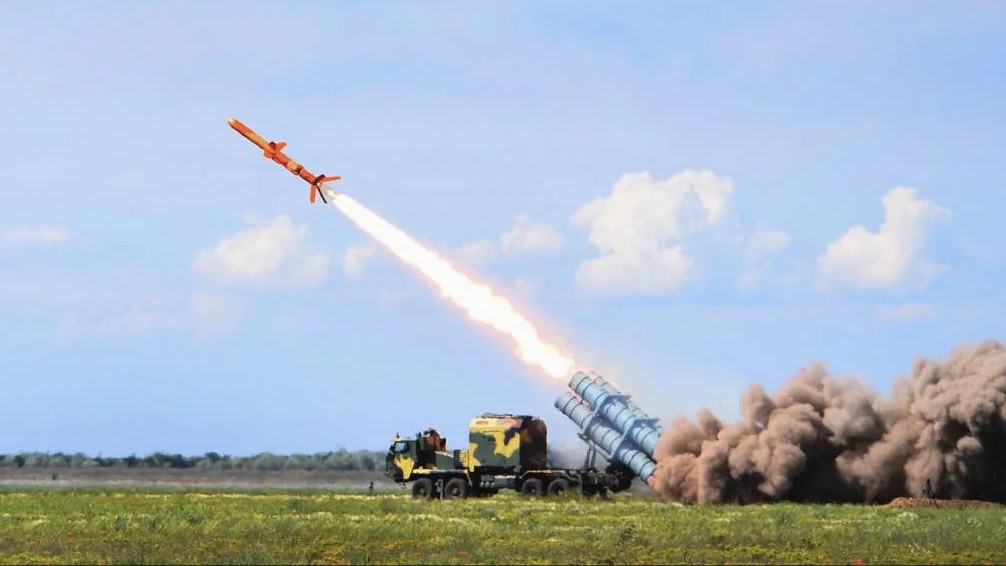DRDO Developing 15-Ton ATAGS with Compact 23Ltr Chamber and Lightweight Barrel for Improved Mobility

In the ever-evolving landscape of military technology, India’s Defence Research and Development Organisation (DRDO) is working on a significant refinement to one of its most advanced artillery systems. The latest project focuses on a streamlined version of the Advanced Towed Artillery Gun System (ATAGS), carefully crafted to improve agility and operational efficiency. With the Indian Army’s needs constantly shifting to address both modern warfare and mobility requirements, this development arrives at a crucial moment.
The lighter ATAGS variant, referred to as the Towed Gun System (TGS), stands out for its strategic design modifications. While the original ATAGS is a powerhouse, boasting a formidable presence on the battlefield, its 18-ton weight has presented hurdles, especially in regions where logistical infrastructure is limited or where extreme geography poses mobility challenges. This is particularly relevant in high-altitude terrains, such as the Northern and Eastern borders, where the need for efficient, easily transportable artillery is paramount.
To address these constraints, DRDO engineers have rethought the core design, focusing on weight reduction while preserving the gun's impressive firepower. A key change lies in the chamber capacity. The TGS features a reduced chamber volume of 23 liters, a departure from the larger chamber of the current ATAGS model. This alteration directly contributes to the weight savings while maintaining a substantial range and fire capability, ensuring that the system remains effective on the battlefield.
The barrel of the TGS has also undergone optimization. By employing a lighter but equally durable material, DRDO has managed to keep the gun barrel robust enough to withstand the stresses of sustained firing, all while trimming overall weight. These structural adjustments bring the artillery piece under the Indian Army's specified 15-ton weight limit. Notably, this reduction enhances the gun’s tactical mobility, making it easier to transport both by road and, importantly, by airlift. The latter is critical for quick redeployment in response to emerging threats or during operations where speed is of the essence.
Furthermore, the lighter TGS is designed with the aim of simplifying logistics. Moving an 18-ton system through rugged environments can be a painstaking process, but a 15-ton version opens up new deployment possibilities, even in areas where conventional infrastructure may be sparse or non-existent. The reduced weight and increased portability of the TGS allow for more strategic placement and repositioning, offering the Indian Army a flexible artillery solution adaptable to a wide variety of combat scenarios.
This modernization effort comes as the Indian Army plans an extensive artillery acquisition, aiming to induct roughly 1,200 towed gun systems, beginning with an initial order of 400 units. The development of the lighter TGS is not happening in isolation; major Indian defense firms, including Tata Advanced Systems and the Kalyani Group, are actively working on their versions of lightweight artillery systems. These private sector giants are leveraging their research and manufacturing expertise to produce competitive alternatives, fostering a healthy atmosphere of innovation. This competitive ecosystem not only accelerates advancements but also gives the Army a spectrum of options from which to select the most effective and efficient artillery platforms.
Despite its leaner build, the TGS does not compromise on essential performance metrics. DRDO is focused on ensuring that the system retains its long-range accuracy and high rate of fire, features that made the original ATAGS a standout. The Indian defense establishment understands that any compromise in firepower could undermine the artillery's operational effectiveness, especially in contested regions where precision and force projection are vital.
This strategic evolution in artillery technology reflects a broader trend of aligning military assets with India’s tactical needs and future battlefield requirements. As geopolitical tensions remain a constant concern, having a nimble, highly mobile artillery system can be a game-changer. The introduction of the 15-ton TGS signifies a step forward in modernizing India’s defense capabilities, providing a blend of mobility, firepower, and rapid deployment that is critical for modern warfare.
With the completion of the TGS project, India is set to significantly bolster its military's artillery capabilities, ensuring that its forces remain versatile and prepared to face evolving threats, whether in harsh mountain passes or across expansive plains.


